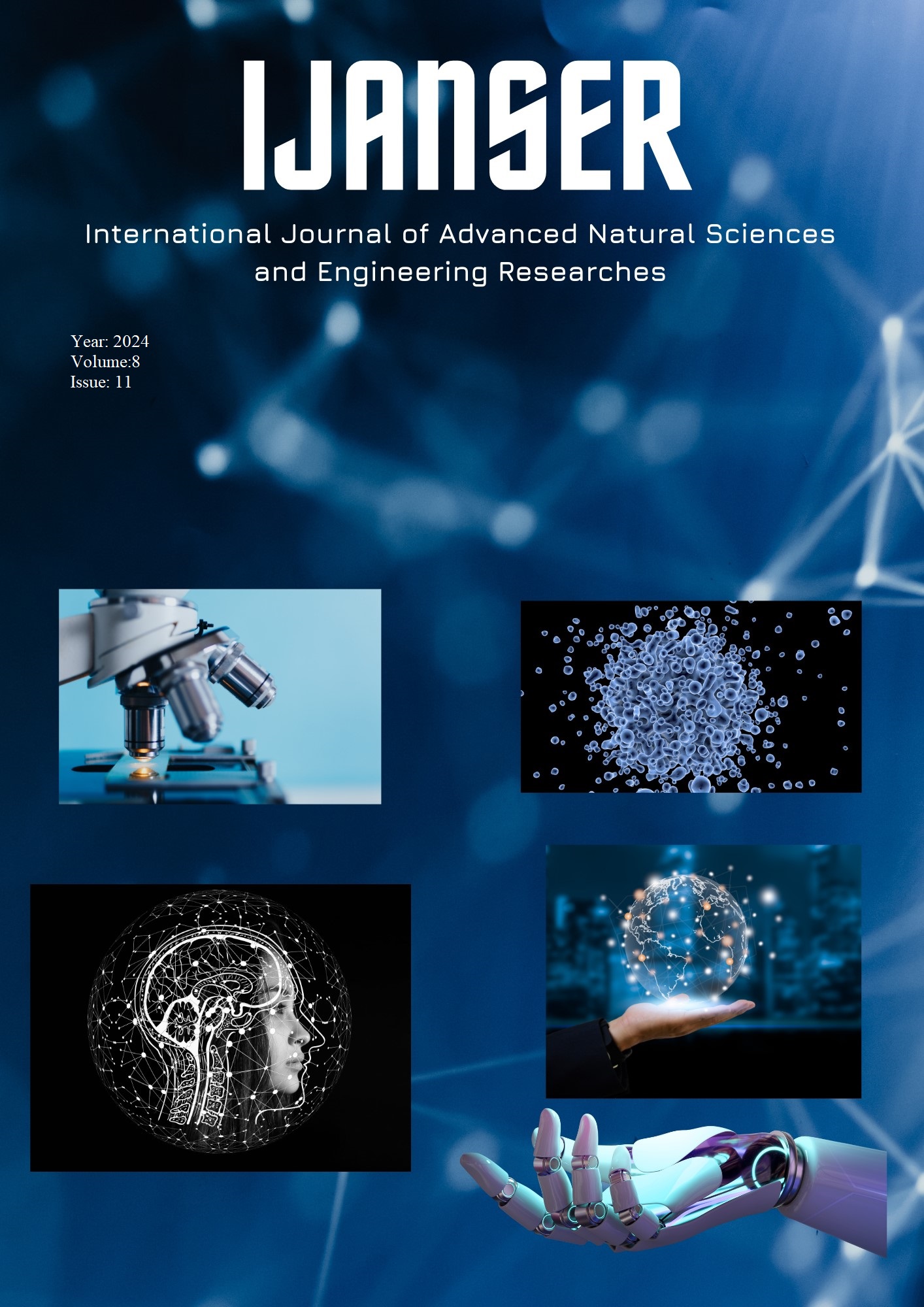ENTOMOPATHOGENICITY OF PHOTORHABDUS BACTERIA AGAINST PULSE BEETLE, CALLOSOBRUCHUS CHINENSIS L. (BRUCHIDAE: COLEOPTERA) IN CHICKPEA GRAINS
Keywords:
Callosobruchus chinensis, Photorhabdus temperate, Management, Pathogenicity, ChickpeaAbstract
Pulse beetle, being cosmopolitan is responsible for severe losses in lentil, maize, cowpea, mung bean and sorghum. In chickpea, 50 to 60 percent losses in seed weight and 46 to 66 percent protein losses have been recorded due to severe attack of Callosobruchus chinensis. Indiscriminate use of pesticides and fumigants to control pulse beetle has resulted in insecticide resistance, environmental hazards, residual toxicity and pest resurgence so the control trends have been changed and particularly biological control measures have attained high significance like entomopathogenic bacteria were used as alternate bio-control agents against this serious pest. During this research the pathogenicity of entomopathogenic bacteria Photorhabdus temperate was observed against pulse beetle at different concentrations. Bacterial culture was grown in Luria broth agar at 25°C in incubator, and then it was multiplied in neutralized distilled water medium to get single colonies of bacteria on this medium. Initially, concentrations 8×107 and 5.6×107 cells/ml of P. temperate were obtained by counting no. of cells using spectrophotometer. After that we diluted these bacterial concentrations into required concentrations like 1×106, 1×107 and 1×108 cells/ml. The concentration 1×108 cells/ml was reported as the highly efficient in controlling the fecundity with the minimum 4.82 eggs/grain. The least number of F1adults (12.1) was observed at this bacterial concentration. The same concentration showed minimum damage in terms of holes development in grains. Results revealed that the higher concentrations were more effective than the lower concentrations of entomopathogenic bacteria. The findings of the research provided an effective and safe biological control measures and in future will lead to an effective IPM programme for this economic pest.
Downloads
References
Akhurst, R. J. and G. B. Dunphy. (1993). Tripartite interaction between symbiotically associated bacteria (Xenorhabdus spp) and nematodes (Steinernenatidae and Heterorhabditidae) and their insect hosts. In: Beckage, N., S. Thomson, B. Federici, editors. Entomopathogenic Nematodes in Biological Control. New York: Academic Press, Inc; pp.75–87.
Bowan, D. (1995). Characterization of a high molecular weight insecticidal protein complex produced by the entomopathogenic bacterium Photorhabdusluminescens. Ph.D. thesis.University of Wisconsin, Madison.
Bird, A. F., and R. J. Akhurst. (1983). the nature of the intestinal vesicle in nematodes of the family Steinernematidae. Int. J. Parasitol. 16:511–518.
Castagnola A. and S. P. Stock. (2014). Common Virulence Factors and Tissue Targets of Entomopathogenic Bacteria for Biological Control of Lepidopteran Pests. Insects, 5: 139-166.
Couche, G. A., and R. P. Gredson. (1987). Protein inclusions produced by the entomopathogenic bacterium Xenorhabdus nematophilus sub-sp. nematophilus. J. Bacteriol. 169:5279–5288.
Ensign, J. C., D. J. Bowen, and S. B. Bintrim. (1990). Crystalline inclusion proteins and an insecticidal toxin of Xenorhabdusluminescens strain NC-19, p. 218.In Proceedings and Abstracts of the International Colloquium on Invertebrate Pathology and Microbial Control.Vth.
Hussain. N, M. Aslam, A. Ghaffar, M. Irshad and N. Din. 2015. Chickpea Genotypes Evaluation for Morpho-Yield Traits under Water Stress Conditions. 25(1): 206-211.
Ihsanullah., E. K. Jang, M. S. Kim, J. H. Shin, G. S. Park, A. R. Khan, S. J. Hong, B. K. Jung, J. B. Choi, Y. J. Park, Y. Y. Kwak and J. H. Shin. (2014). Identification and Characterization of the Insecticidal Toxin “Makes Caterpillars Floppy” in Photorhabdustemperate M1021 Using a Cosmid Library. Toxins, 6: 2024-2040.
Jung S. and Y. Kim. 2006. Synergistic effect of entomopathogenic bacteria (Xenorhabdus sp. and Photorhabdus temperata ssp. temperata) on the pathogenicity of Bacillus thuringensis ssp. aizawai against Spodoptera exigua (Lepidoptera: Noctuidae). Environ. Ento. 35(6): 1584-1589.
Poinar, G. (1990). Biology and taxonomy of Steinermatidae and Heterorhabditidae, p.2362. In R.R.GauglerandH.K.Kaya (ed.),Entomopathogenic nematodes in biological control. CRC Press, Inc., Boca Raton, Fla.
Shahina, F., H. Manzar and K. A. Tabassum. 2004. Symbiotic bacterial Xenorhabdus and Photorhabdus associated with entomopathogenic nematodes in Pakistan. Pak. J. Nematol., 22(2): 117-128.
Varma. S and P. Anandhi. 2010. Biology Of Pulse Beetle (CallosobruchusChinensis Linn., Coleoptera:Bruchidae) And Their Management Through Botanicals On Stored Mung Grains In Allahabad Region. 33 (1): 38-41.





